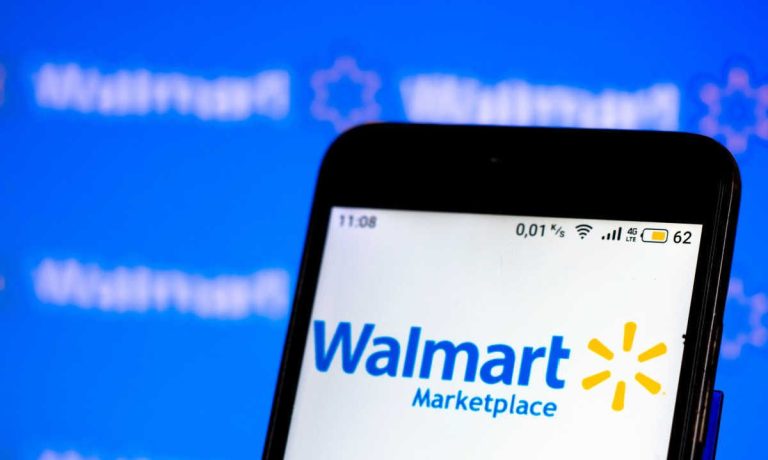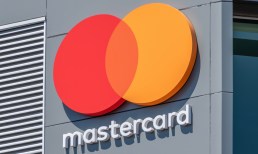In what will likely be a never-ending duel between Amazon and Walmart, as their online platforms expand, it is the seller-focused marketplaces — integrating everything from catalogs to fulfillment — that will help craft a competitive advantage.
Platforms, of course, are ever-extensible, and operators are able to add new services and products with the proverbial push of a button (OK, we know it’s not that simple).
And in the bid to boost critical mass among sellers worldwide, helping enterprises to scale (and the platforms to scale right alongside) is a major selling point, giving rise to enterprise clients’ loyalty.
The strategy is an important one for Walmart, which said in its earnings conference call on Tuesday (Aug. 16) that its marketplace seller count has increased 60% year on year, with 240 million items in its U.S. eCommerce assortment.
The company also noted that its global advertising business grew by about 30% in the same period, led by Walmart Connect and Flipkart. John Furner, Walmart U.S. president and chief executive officer, said that “the growth in marketplace and eCommerce all help us be able to identify the right sellers and suppliers that we can connect.” Later in the call management noted that Walmart Go Local is lapping its one-year anniversary and has passed 1 million deliveries.
Helping Sellers Go to Market
Advertisement: Scroll to Continue
For the sellers setting up (virtual) shop on Amazon’s and Walmart’s marketplaces, the opportunity is there to expand customer bases and boost top lines; by signing on to those marketplaces they also can have a number of back-end functions (such as fulfillment through Walmart Fulfillment Solutions) automated, in exchange for a commission paid on sales tied to those the marketplace.
Walmart has said that its marketplaces have 120 million monthly visitors. Onboarding can be done through API, or through choosing a third-party provider to go live on Walmart.com.
It is the “sponsored” ad that can help smaller merchants get their brands to wider audiences, and to craft campaigns that can be personalized on a market-by-market basis.
The marketplace is an integral part of Walmart’s digital strategy, evidenced by the fact that the company’s U.S. eCommerce business grew by 12% year on year, outpacing the 3% growth (excluding fuel; 6% with fuel) seen in U.S. same-store sales.
Amazon Marketplace, geared toward third-party retailers, has (no surprise) been expanding too. As reported late last month, the company debuted its Seller wallet, more efficiently enabling fund flows across borders. For Amazon, the reliance on third-party sellers is paramount, as almost 50% of sales are derived from this channel. The company said on its latest earnings call that 57% of all units sold in the second quarter came from the third-party seller marketplace.
Amazon said earlier this year that Buy With Prime will allow select Amazon merchants to sell their listed merchandise directly from their own websites, with payments and fulfillment services available at checkout.
The jousting will continue between Amazon and Walmart over key spending categories such as grocery and gas … and the jousting will continue, too, over capturing third-party sellers’ online presence on their respective marketplaces.




